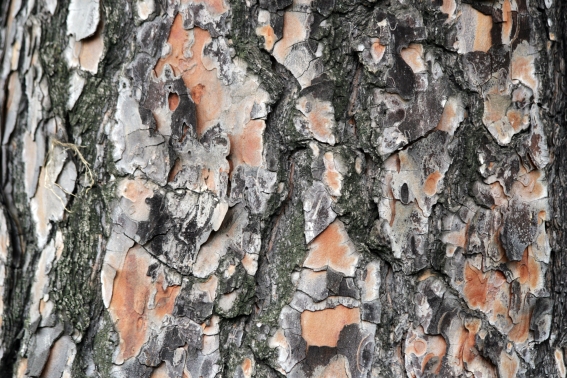
Guttate psoriasis, sometimes known as teardrop or raindrop psoriasis, is most commonly found in children and younger adults. It is a type of psoriasis which can often follow about a week after the diagnosis of a condition commonly referred to ‘Strep Throat’ or Streptococcal infection, caused by the streptococcus bacteria, and although most commonly thought of as strictly a throat infection it is more accurately described as an upper respiratory infection.
The main symptoms are an outbreak of very small, 1cm or less, teardrop shaped, scale covered, lesions or spots on the skin, which can concentrate on specific areas of the body, or they can affect all body areas, although they are most commonly found on the trunk, arms, legs and scalp.
Although a widespread skin condition, if treatment by means of antibiotics is started quickly the majority of patients can make a full recovery. in a large minority of patients however the condition can recur if triggered by a subsequent streptococcal infection, making it important that you see a doctor as soon as possible as you will be at a higher risk of redeveloping Guttate psoriasis. Left untreated there is a high risk of guttate psoriasis developing into one of the other types of psoriasis such as Plaque psoriasis, Pustular psoriasis or scalp psoriasis. in addition to antibiotics Guttate psoriasis is treated in the same way as most other forms of psoriasis.
Treatment of Guttate Psoriasis
The most common form of psoriasis treatment is by the use of emollients. these are moisturizing and soothing creams applied to the affected areas, often used in conjunction with a vitamin D supplement. other common prescription medicines given to treat the these skin conditions are mild, and often more powerful, steroids depending on the severity of the case. these should only be used under strict medical supervision owing to their potentially harmful side effects.
If these treatments have limited effect you may be referred for phototherapy treatment. here ultra violet light is used, strictly under the control of a dermatologist to avoid any risk of over exposure for your skin type and to avoid any risk of sunburn symptoms. you will attend 2 to 3 days a week for a course lasting 6 to 8 weeks at a time. The amount of light will be carefully calculated and administered by the dermatologist and will be of a different wavelength to that found in commercial sunbeds to give you the maximum benefit with the minimum exposure.
Even without medical intervention a large percentage of Guttate psoriasis patients can make a full recovery, but with early diagnosis and treatment Guttate psoriasis is one of the more controllable forms of this skin disease.